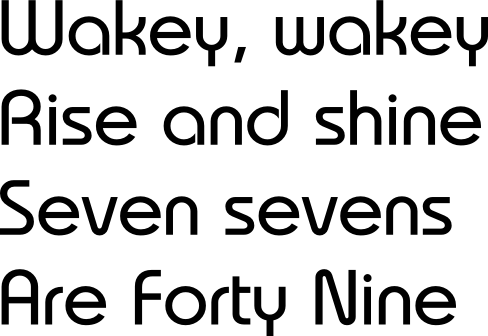 And so it rumbles on, the great times tables debate: should pupils be expected to know – by heart – their times tables to twelve by the end of Year Six?
And so it rumbles on, the great times tables debate: should pupils be expected to know – by heart – their times tables to twelve by the end of Year Six?
Christine Blower, the leader of the NUT, has waded in to the argument, suggesting that tables don’t need to be known of pat as they can be looked up on the phone:
Looking up your times tables is very easy to do. So the other thing we have to do is to make sure that children and young people use the computing ability on their mobile phones so they can get that at their finger tips. Recall is not the only way to make sure you understand mathematical concepts
I do struggle to see what the objection is to having pupils learn their tables. After all, it’s only 144 pieces of information to learn. Is that really too much to expect of an eleven year old?
But its not 144 pieces of information anyway.
The one times table is just the numbers themselves, as 1 x anything remains unchanged. This is an important mathematical principle that is still very useful at GCSE and A Level, so well worth teaching. So that’s 12 pieces of data we don’t need to recall.
And most children quickly spot the pattern for the 10 times table – “just add a zero on the end” – and, although a little more complicated, the symmetry of the 11 times table – at least up to 9 x 11 – makes it fairly memorable. Encouraging children to spot and exploit these patterns is encouraging them to be mathematical – after all, maths is all about finding short cuts and being efficient – so even the most progressive of the “progressives” should welcome the teaching of these times tables. So that’s another 21 pieces of info we don’t have to remember. (12 for the ten times table, and 9 for the eleven – the simple symmetry begins to break down after 9 x 11.)
So, we’re now down to 144 – (12+12+9) = 111 pieces of information to remember. Not to much of a daunting task.
But hang on a minute.
7 x 4 = 28, but also 4 x 7 = 28. It doesn’t matter what order we do our multiplication in, the answer is the same. This is because multiplication is commutative, and cuts what we need to know in half. Pupils need to know the commutative laws – again, it’s being “mathematical” – whether they need to know that it’s called commutative is another argument for another day.
There is an argument that knowing the 12 times table is unnecessary and I might be tempted to agree. But, coincidentally, as I was pondering this I saw an add for a subscription service. Guess what, I multiplied (in my head!) the monthly cost by 12 to get the annual cost.
So we’re now down to knowing 56 times tables, 56 individual pieces of information. A reasonable request of an eleven year old.
Ms Blower is right – we live in the information age and, through the magic of technology, we can instantly summon all sorts of facts and figures at the touch of a button. We don’t need to remember everything, but we do need to remember some things. Knowing which letters, and it what order, join together to create a word is important (its called spelling) and knowing how numbers multiply together is also important.
We have to teach ’em some maths in Primary schools, so why not times tables? It’s not all rote and recall, teach tables properly and you are also teaching the children to think mathematically, to be mathematicians and you’ll also be equipping them with skills and knowledge that they will use for the rest of their lives: much quicker than whipping out your phone, entering your pass-code, finding the calculator app …